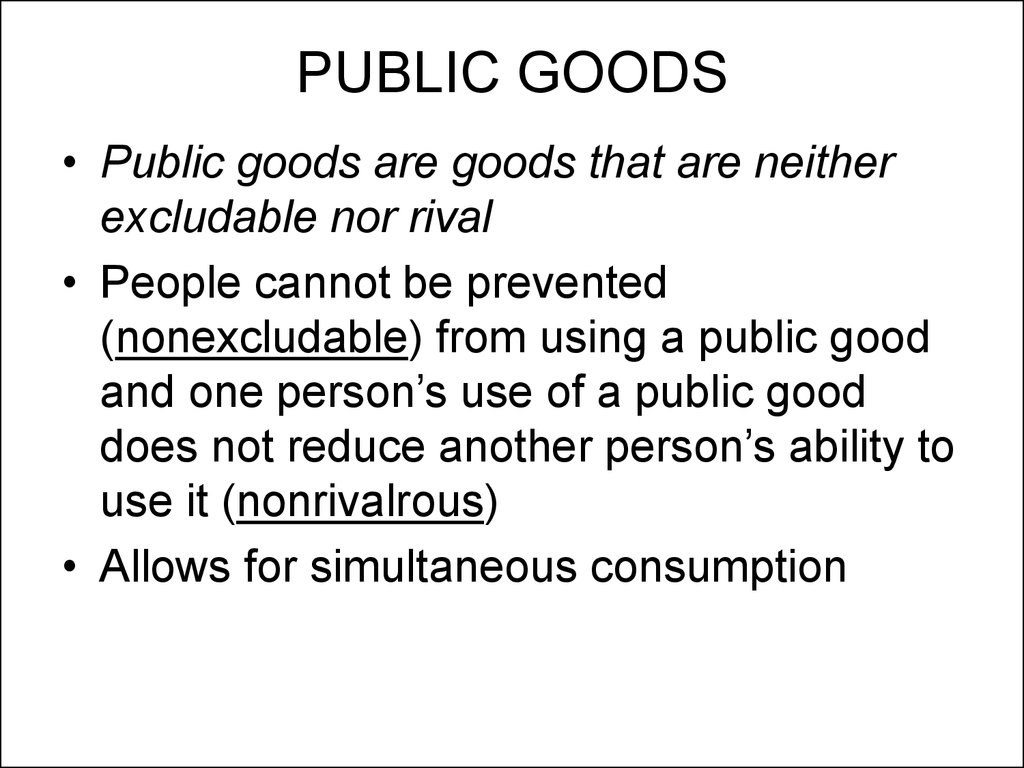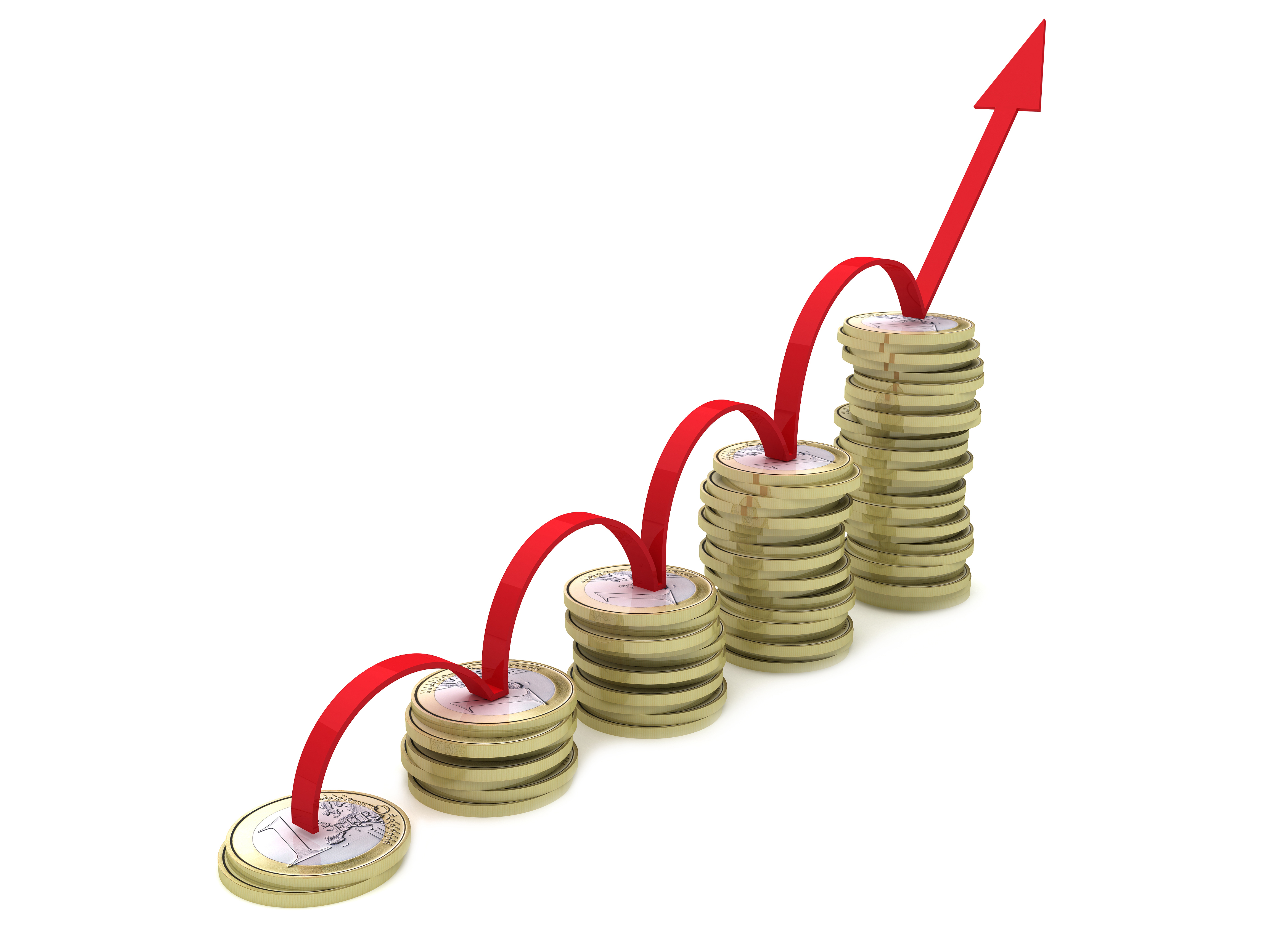

the selection, adoption, use, disposal and recycling of goods and services). Other economists define consumption much more broadly, as the aggregate of all economic activity that does not entail the design, production and marketing of goods and services (e.g. According to mainstream economists, only the final purchase of goods and services by individuals constitutes consumption, while other types of expenditure - in particular, fixed investment, intermediate consumption, and government spending - are placed in separate categories (See consumer choice). ĭifferent schools of economists define production and consumption differently. The elasticity of demand for consumption goods is also a function of who performs chores in households and how their spouses compensate them for opportunity costs of home production. Opportunity cost of time affects the cost of home-produced substitutes and therefore demand for commercial goods and services. In the tradition of the Columbia School of Household Economics also known as the New Home Economics commercial consumption has to be analyzed in the context of household production. More recent theoretical approaches are based on behavioral economics and suggest that a number of behavioural principles can be taken as microeconomic foundations for a behaviourally-based aggregate consumption function.Ĭonsumption is defined in part by comparison to production. Criticism of this assumption lead to the development of Milton Friedman's permanent income hypothesis and Franco Modigliani's life cycle hypothesis. The Keynesian consumption function is also known as the absolute income hypothesis, as it only bases consumption on current income and ignores potential future income (or lack of). According to him, "as income increases, consumption increases but not by as much as the increase in income". However, Keynes mentioned that the increases (for income and consumption) are not equal. Thus, as income increases, consumption increases.

In a geometric fashion, the MPC is actually the slope of the consumption function. The marginal propensity to consume (MPC), on the other hand measures the rate at which consumption is changing when income is changing. In estimation, this is usually assumed to be positive. Y d = disposable income (income after government intervention – benefits, taxes and transfer payments – or Y + (G – T)).Īutonomous consumption represents consumption when income is zero.

c 1 is the marginal propensity to consume ( ie the induced consumption) (0 c 0 = autonomous consumption ( c 0 > 0),.The simple consumption function is shown as the affine function: This is probably the most simplistic form of the consumption function. This function can be written in a variety of ways, an example being. It is made up of autonomous consumption that is not influenced by current income and induced consumption that is influenced by the economy's income level. The function is used to calculate the amount of total consumption in an economy. It was developed by John Maynard Keynes and detailed most famously in his book The General Theory of Employment, Interest, and Money. It is a single mathematical function used to express consumer spending. 2 Behavioural Economics and Consumption.


 0 kommentar(er)
0 kommentar(er)
